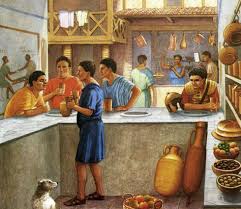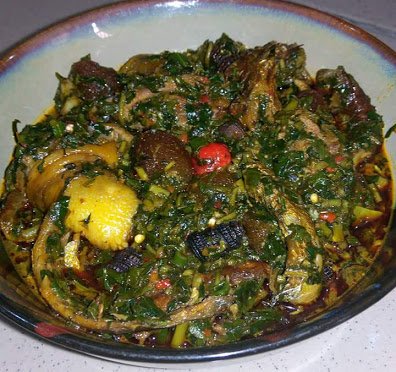“We are Ottomans.”
My grandmother said this in 1996. She came from an old Mosul family that lived in the Bab Lagash neighborhood.
So far, everything was going on normally in our neighborhood. I went out into the street with my friend.
Get real-time email alerts when new unrolls are available from this author!
Twitter may remove this content at anytime, convert it as a PDF, save and print for later use!

1) Follow Thread Reader App on Twitter so you can easily mention us!
2) Go to a Twitter thread (series of Tweets by the same owner) and mention us with a keyword "unroll"
@threadreaderapp unroll
You can practice here first or read more on our help page!


